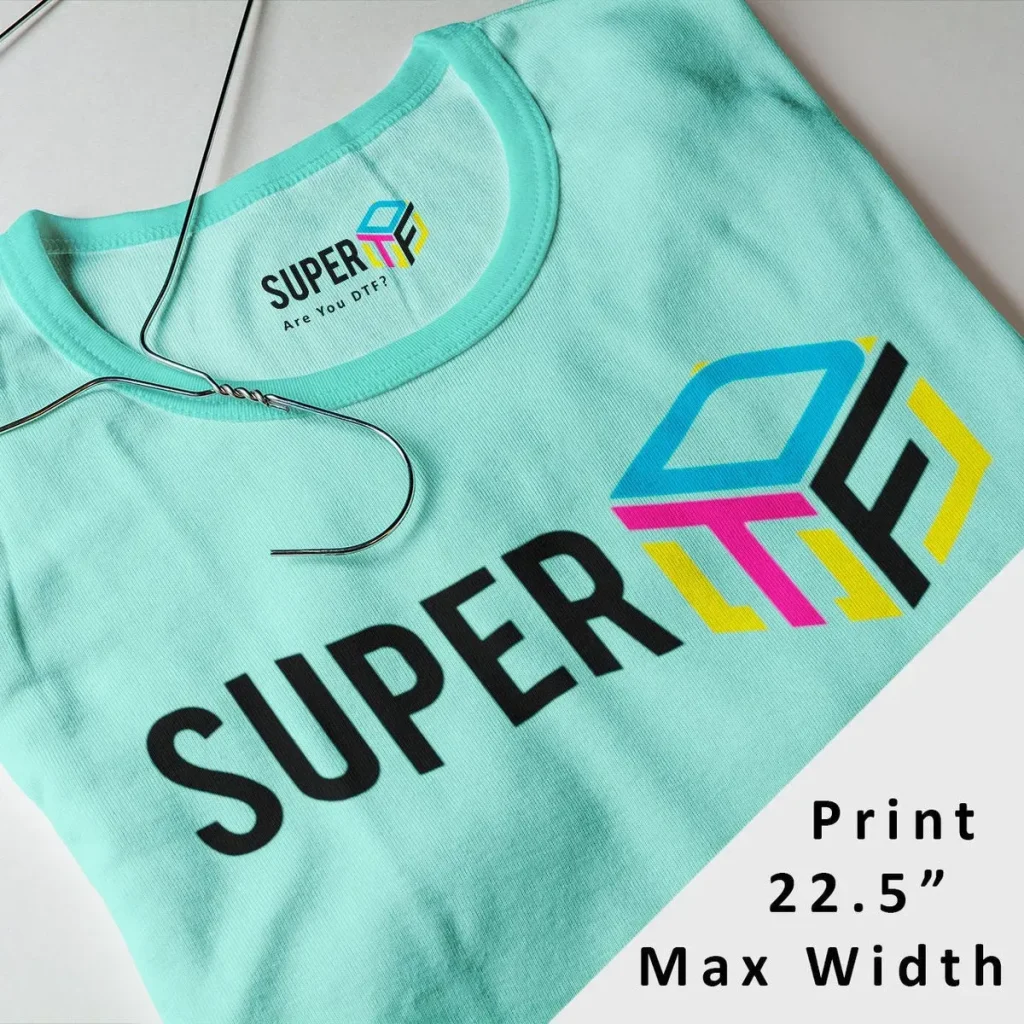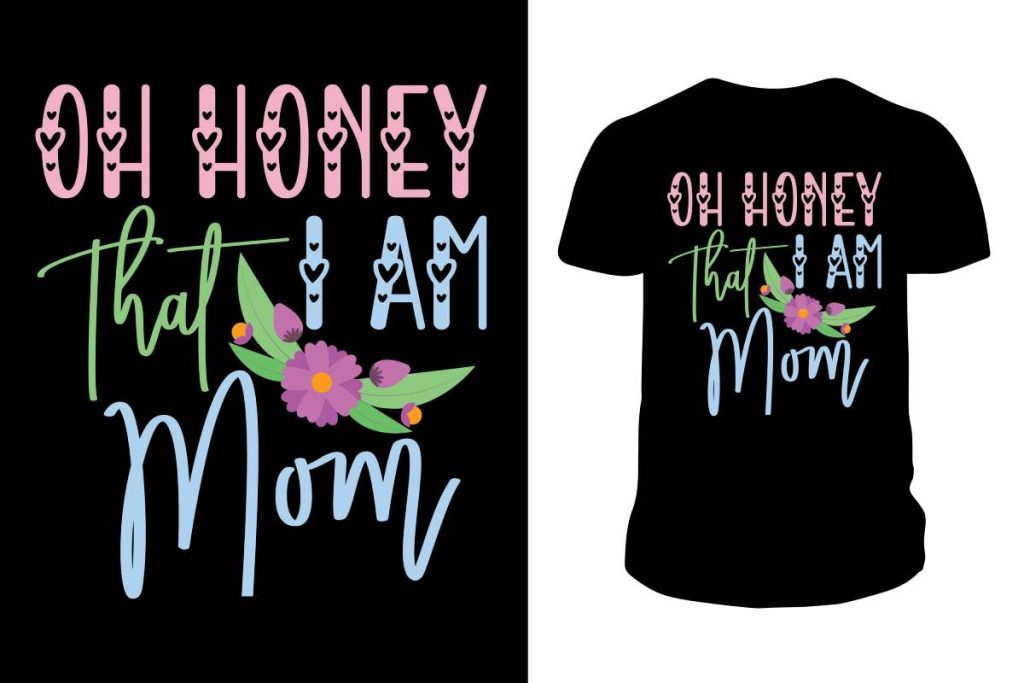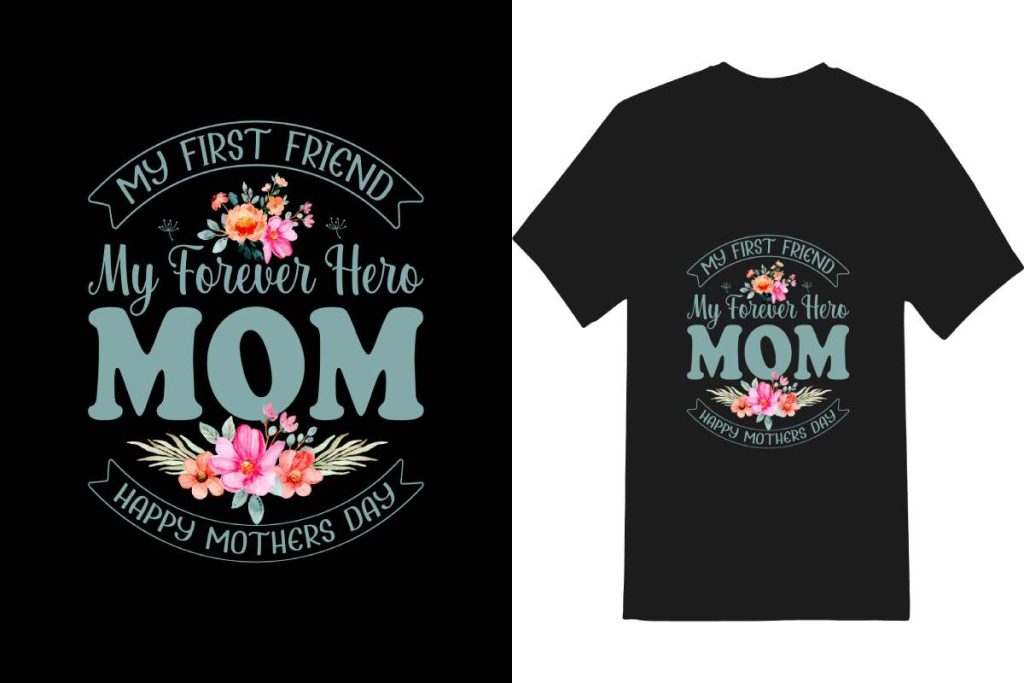DIY DTF transfers, or Direct to Film transfers, have emerged as a game-changer in the fabric printing industry, especially for those starting their creative journey. This innovative method allows you to create vibrant, ready-to-wear designs that adhere effortlessly to various fabrics. Designed with beginners in mind, the DIY DTF transfer process combines ease of use with eye-catching results, making it a popular choice for personal projects and small business ventures alike. In this comprehensive guide, you will explore how to do DTF transfers, from selecting the right materials to mastering the printing technique. Unlock the potential of DIY fabric printing and transform your ideas into stunning, wearable art with the step-by-step insights provided!
The art of DTF printing, also known as direct to film transfer, opens up a world of possibilities for fabric customization enthusiasts. This technique enables you to produce detailed graphics that can easily bond to clothes, making it ideal for both personal use and commercial applications. With a straightforward approach, beginners can delve into the DTF transfer process to produce high-quality apparel that showcases their creativity. Whether you refer to it as film printing or fabric transfer, this method’s versatile nature ensures it meets the needs of anyone looking to craft unique clothing designs. Join us as we dive into the essential steps and materials required to elevate your fabric printing experience.
Understanding DTF Printing and Its Unique Benefits
DTF printing, or Direct to Film printing, is revolutionizing the fabric printing industry. Unlike traditional methods such as screen printing or heat transfer vinyl, DTF printing offers the ability to produce high-resolution designs with vivid colors that adhere firmly to various fabric types. This versatility makes it an excellent choice for custom apparel, from t-shirts to hoodies. Not only can you print detailed images, but the finished product is also durable, ensuring that colors remain vibrant even after multiple washes.
One of the biggest advantages of DTF printing is its accessibility for beginners. The process itself is relatively straightforward, allowing newcomers to dive into DIY fabric printing without a steep learning curve. Furthermore, the use of a specialized DTF printer streamlines the workflow, removing many common challenges faced in other printing methods. As a beginner, mastering the DTF transfer process opens up a world of creative possibilities for personalized designs and unique projects.
Frequently Asked Questions
What are DIY DTF transfers and how do they work?
DIY DTF transfers, or Direct to Film transfers, are a fabric printing method that allows you to create high-quality designs by printing them on a special transfer film. This film, coated with an adhesive powder, is then heat-pressed onto fabric, resulting in vibrant, durable prints that can be used for custom apparel and crafts.
What materials do I need for DIY DTF transfers?
To get started with DIY DTF transfers, you’ll need a DTF printer, DTF transfer film, adhesive powder, and a heat press. These materials are crucial for achieving professional-quality results and ensuring the adhesive bonds properly to your fabric.
How do I create designs for DTF transfers as a beginner?
Creating designs for DIY DTF transfers involves using graphic design software like Adobe Illustrator or CorelDRAW. Ensure your design is high resolution (300 DPI) and saved in a format like PNG with a transparent background, which is ideal for DTF transfers.
What is the DTF transfer process from printing to transfer?
The DTF transfer process involves several steps: first, you print your design on DTF transfer film, then sprinkle adhesive powder on the wet ink, cure the print with heat, and finally heat press the cured film onto your fabric. Each step is vital for the quality and durability of the final product.
Can I use a regular printer for DIY DTF transfers?
No, a regular inkjet printer is usually not suitable for DIY DTF transfers. You need a dedicated DTF printer that can use the specific inks required for this type of transfer to achieve the best results.
What are the benefits of using DTF transfers for DIY fabric printing?
DTF transfers offer several benefits for DIY fabric printing, including vibrant color output, the ability to print on various fabric types, and excellent durability. This technique simplifies the printing process for beginners, allowing for professional-quality results even without extensive experience.
| Key Points | Details |
|---|---|
| Understanding DTF Transfers | DTF transfers enable vibrant and durable prints on various fabrics, making them suitable for custom apparel and gifts. |
| Materials Needed | You’ll need a DTF printer, high-quality transfer film, adhesive powder, and a heat press. |
| Design Creation | Create high-resolution designs using software like Adobe Illustrator, ensuring transparency. |
| Printing Process | Print the design on the DTF film and apply adhesive powder while the ink is wet. |
| Curing the Print | Use heat to cure the printed film, ensuring the adhesive bonds properly. |
| Transfer to Fabric | Position the film on the fabric and press with heat to activate the adhesive. |
| Peeling Process | Allow cooling then gently peel the film to reveal the design. |
Summary
DIY DTF transfers present an excellent opportunity for beginners to explore the world of fabric printing, delivering professional-quality designs with ease. This method allows you to create vivid, lasting prints on a variety of materials, perfect for custom clothing or personalized gifts. By following the simple steps outlined in this guide—from gathering essential materials to curing and transferring your design—you will be well-equipped to embark on your DIY DTF transfers journey. Don’t forget to take advantage of additional resources like video tutorials and online communities for further support and inspiration as you develop your skills!



